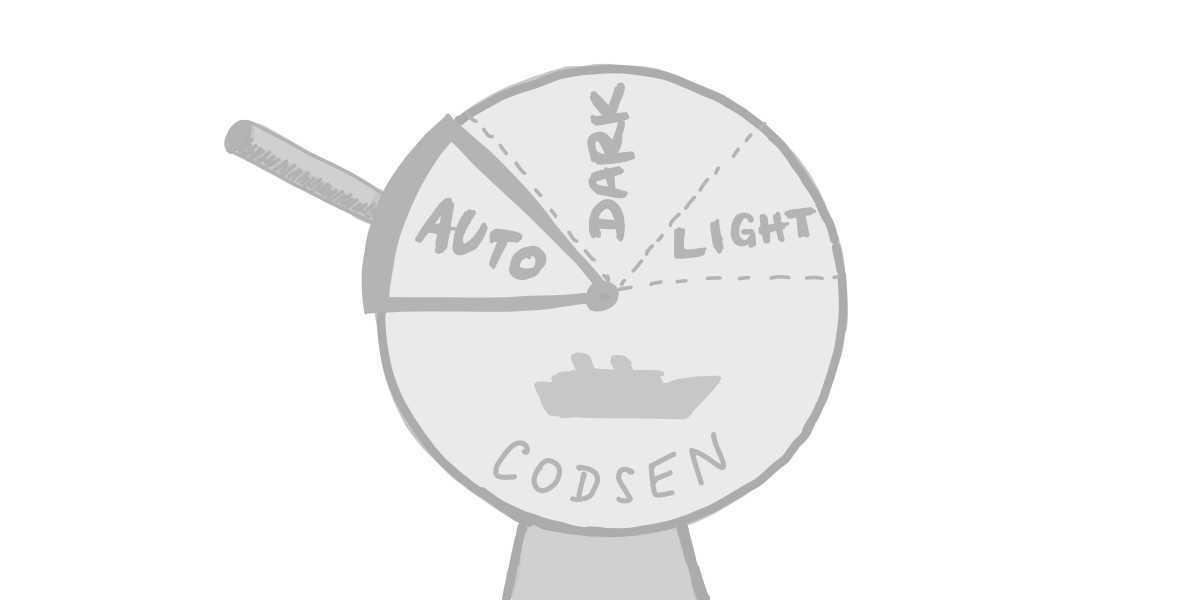I used to believe that three-theme UI toggle (auto-dark-light) was superior to the two-theme, dark-light. But I don’t think that way anymore.
You see, the three-theme toggle can be replaced by a two-theme toggle, as long as the latter supports both:
- the correct initial theme, as per OS setting, and
- automatically detects and reacts to OS-level theme changes
And remix-themes achieves both.
In combination with persistence, it’s almost magical, the next level, at least when compared to simple local storage-based toggles.
